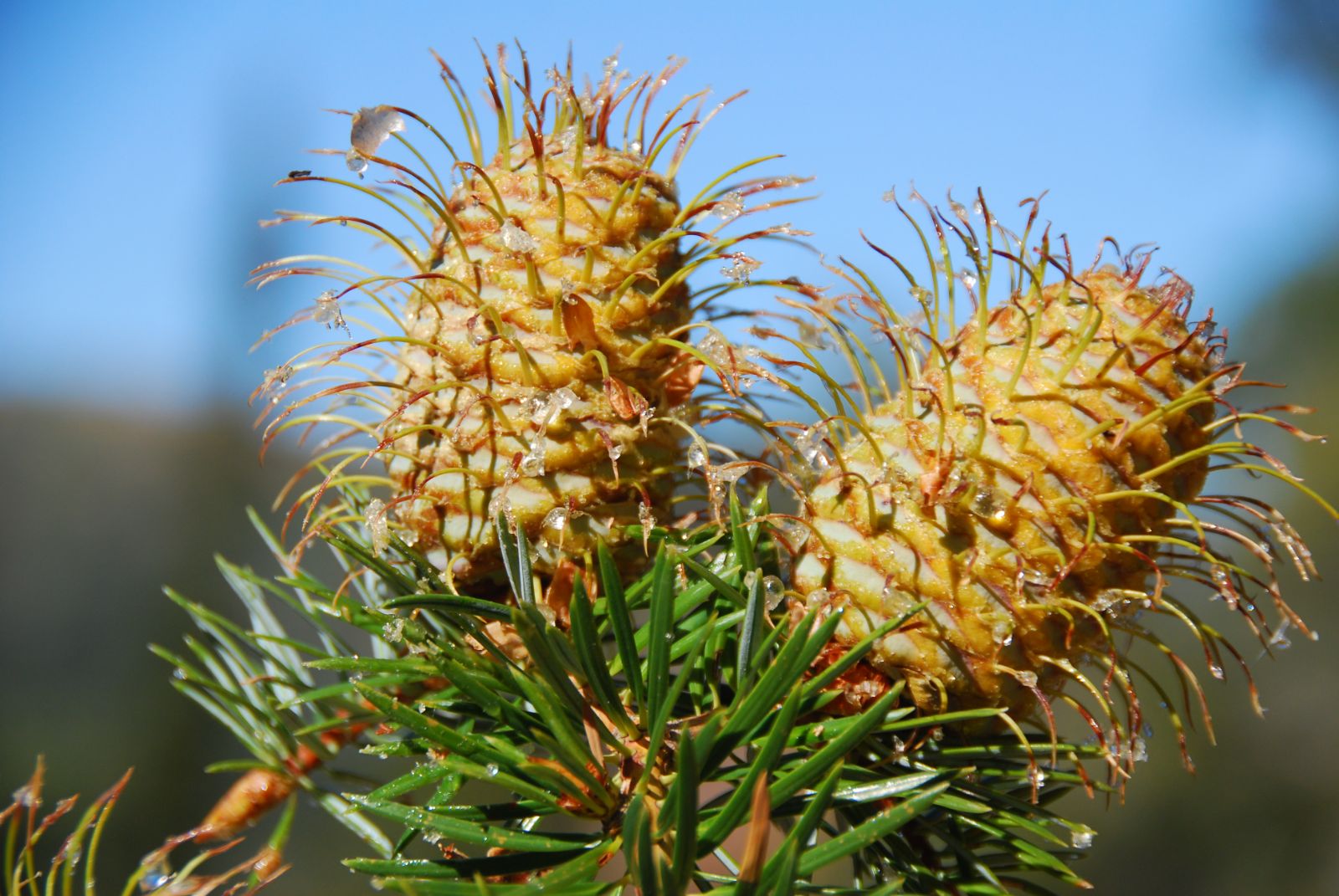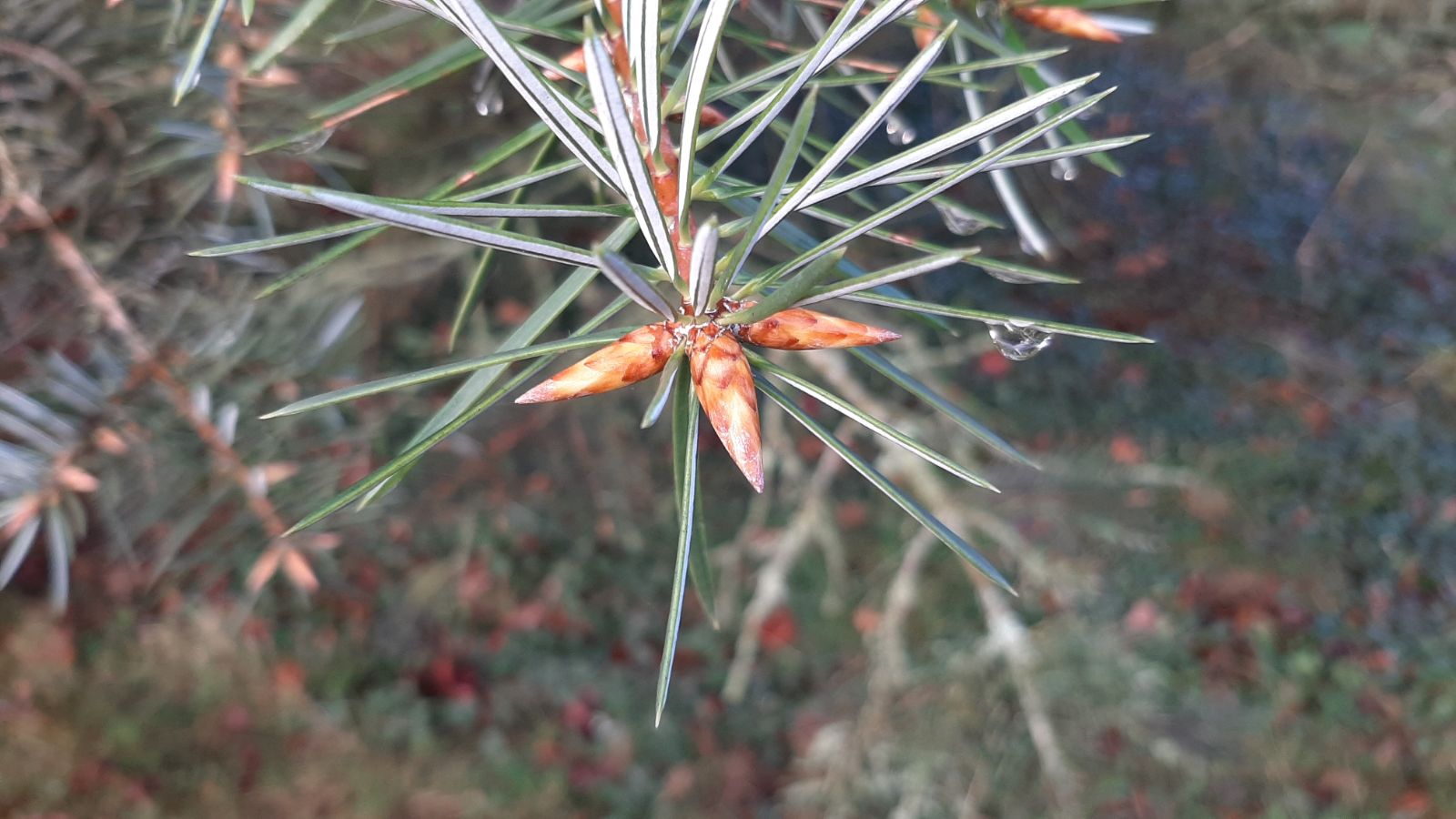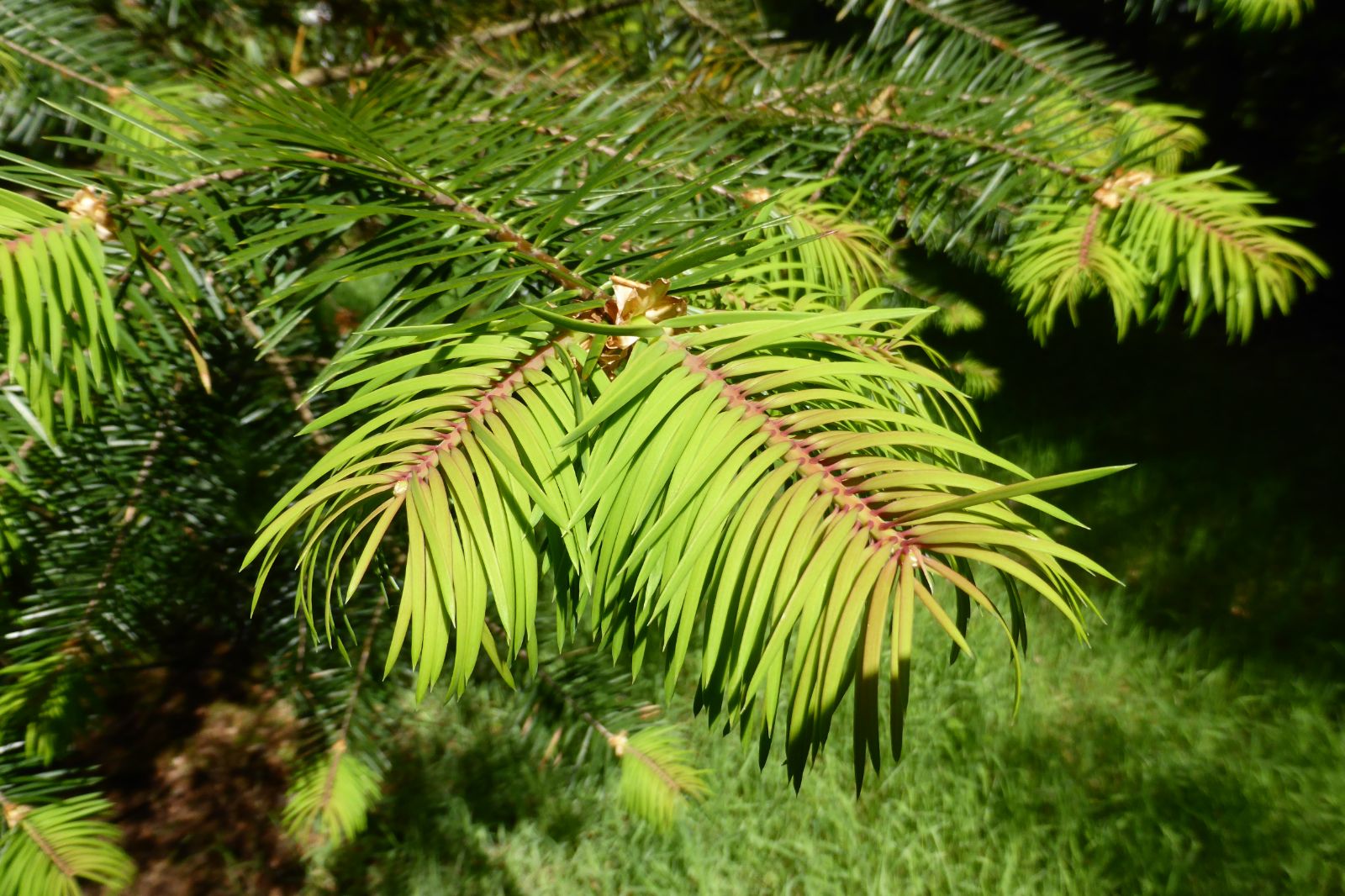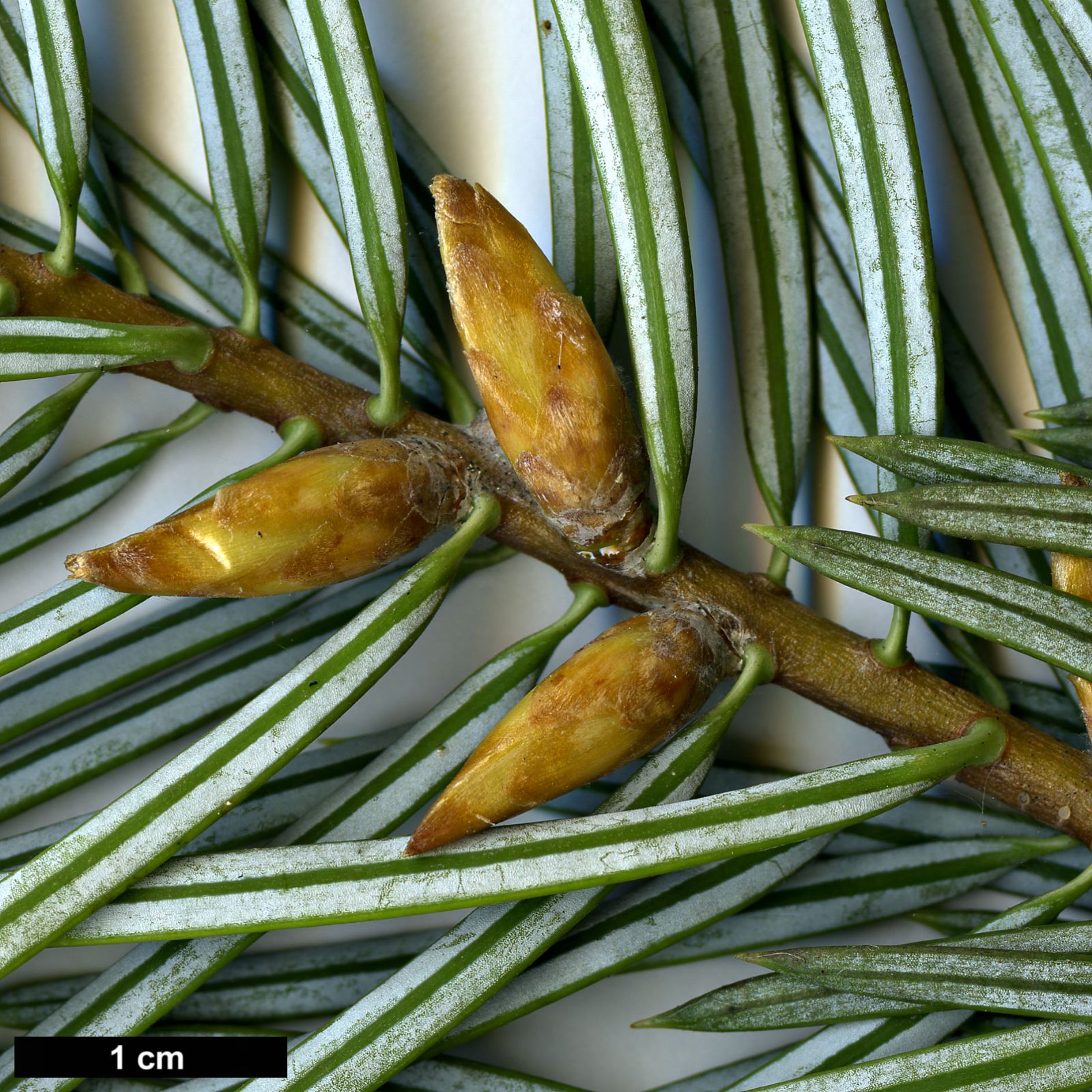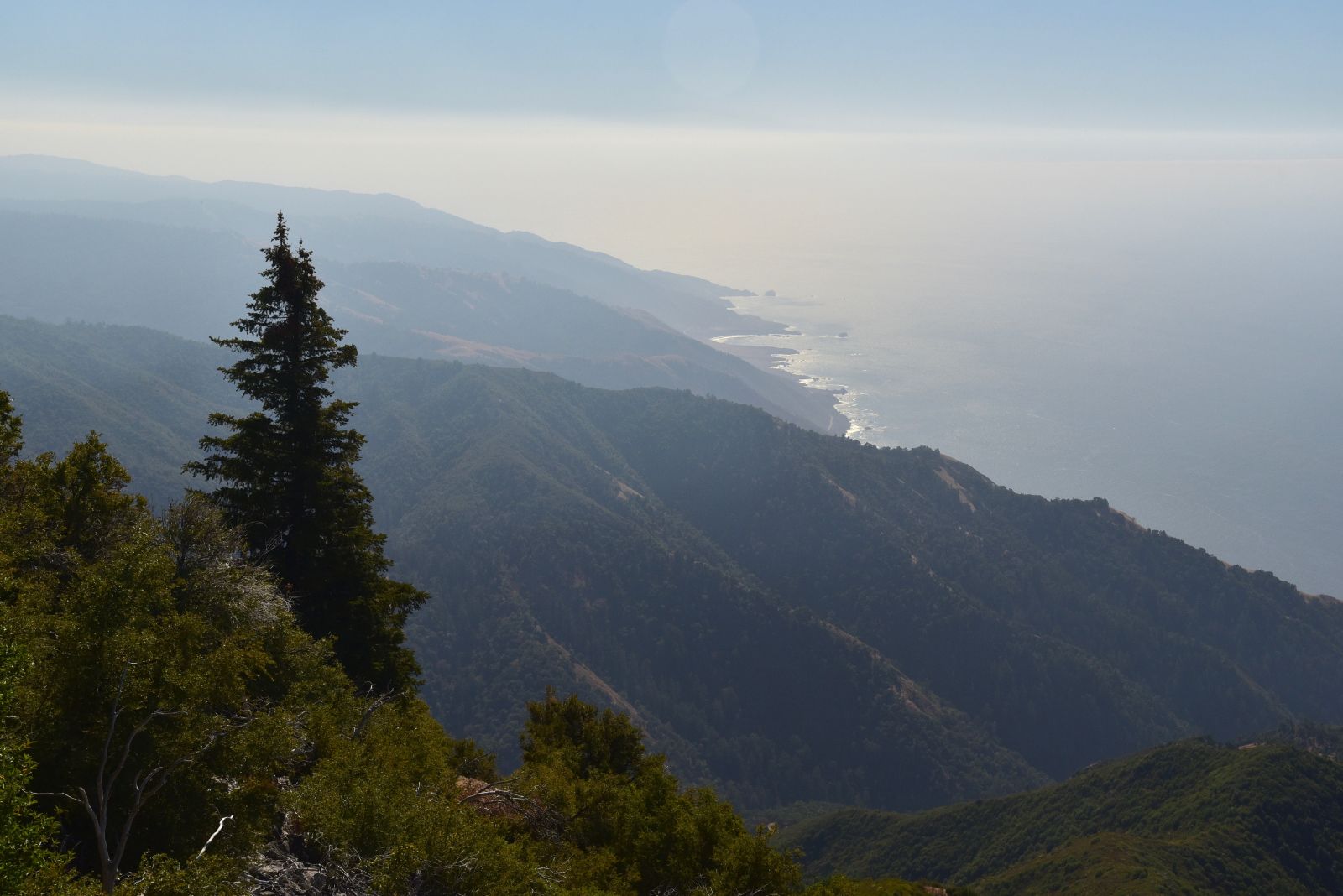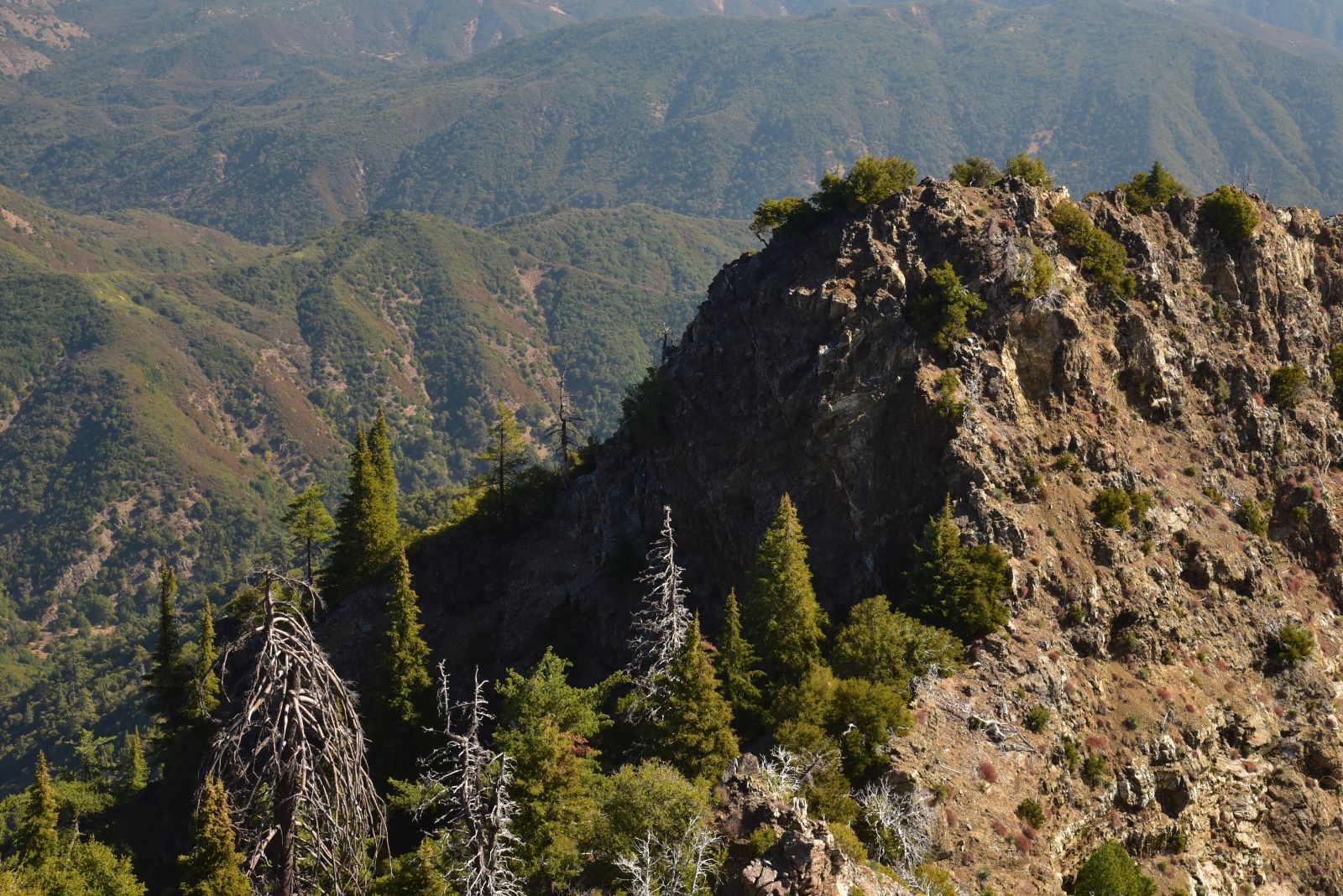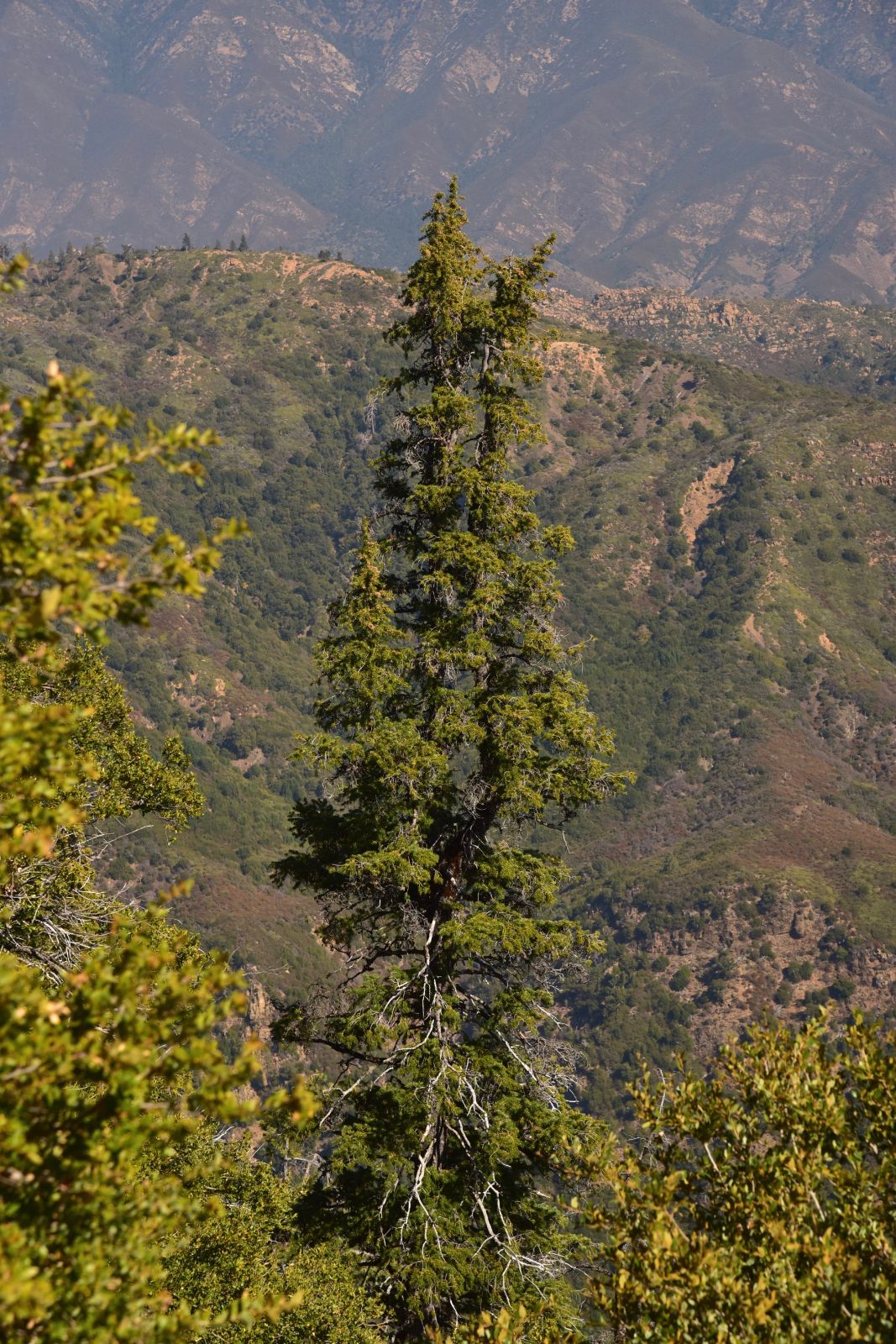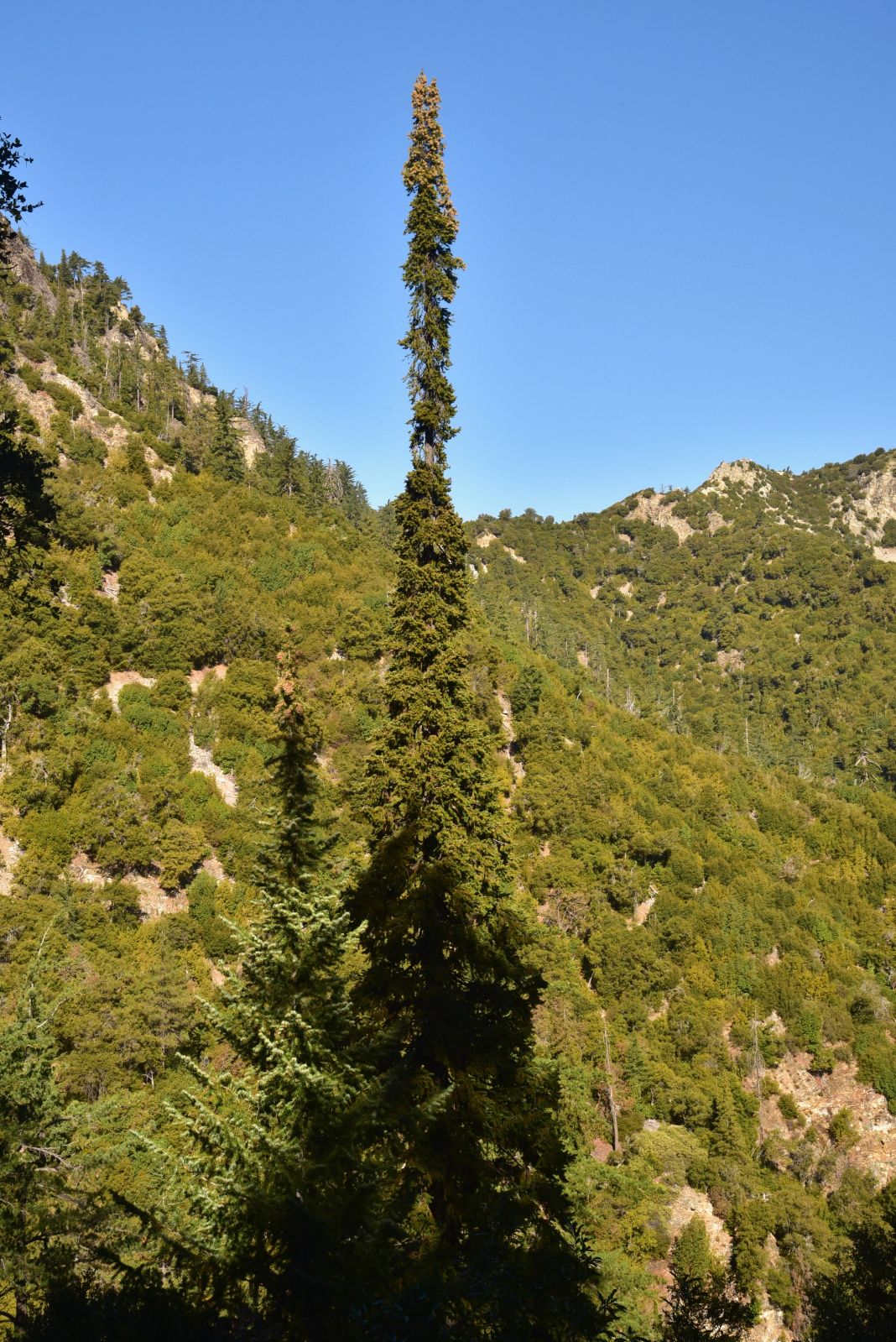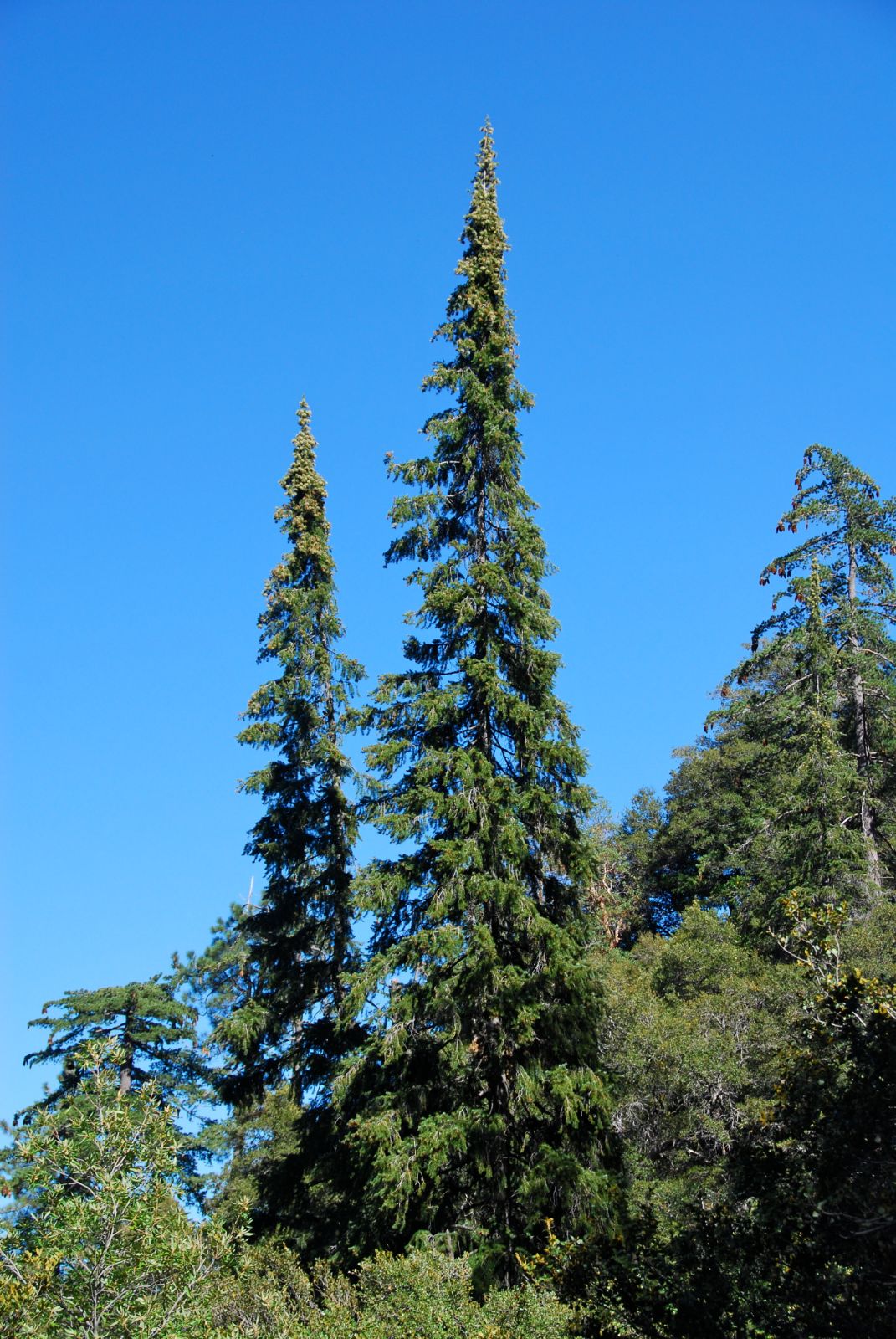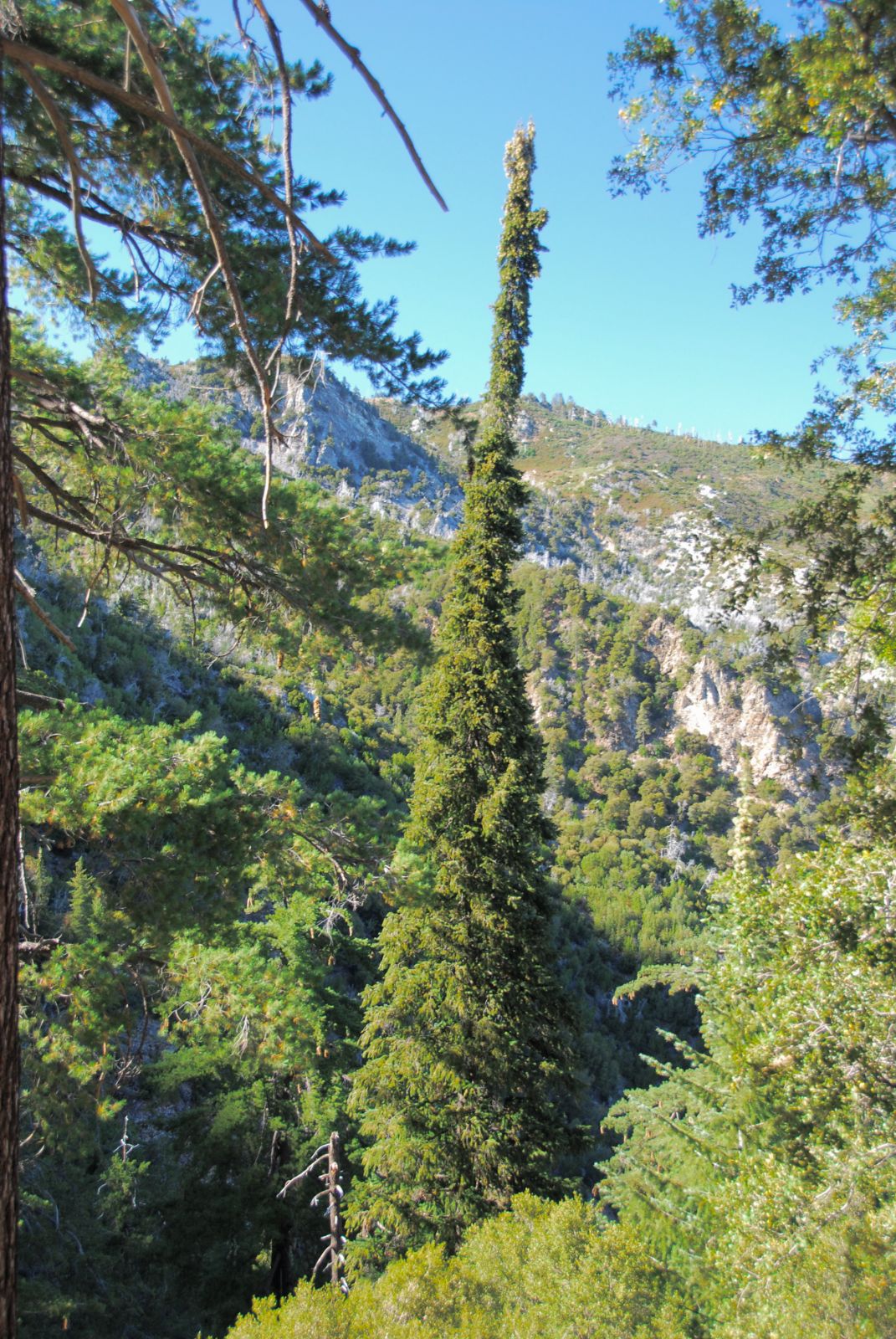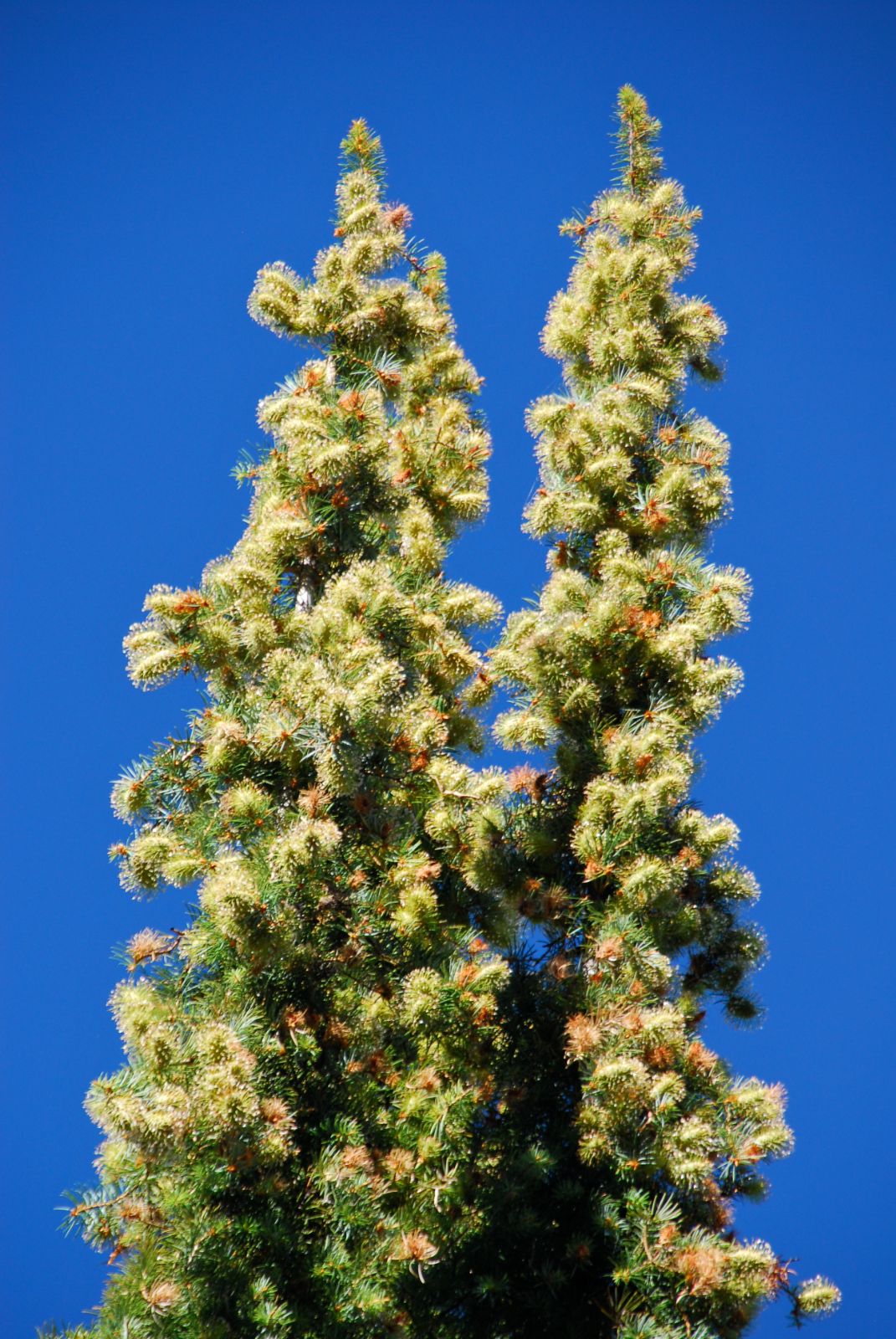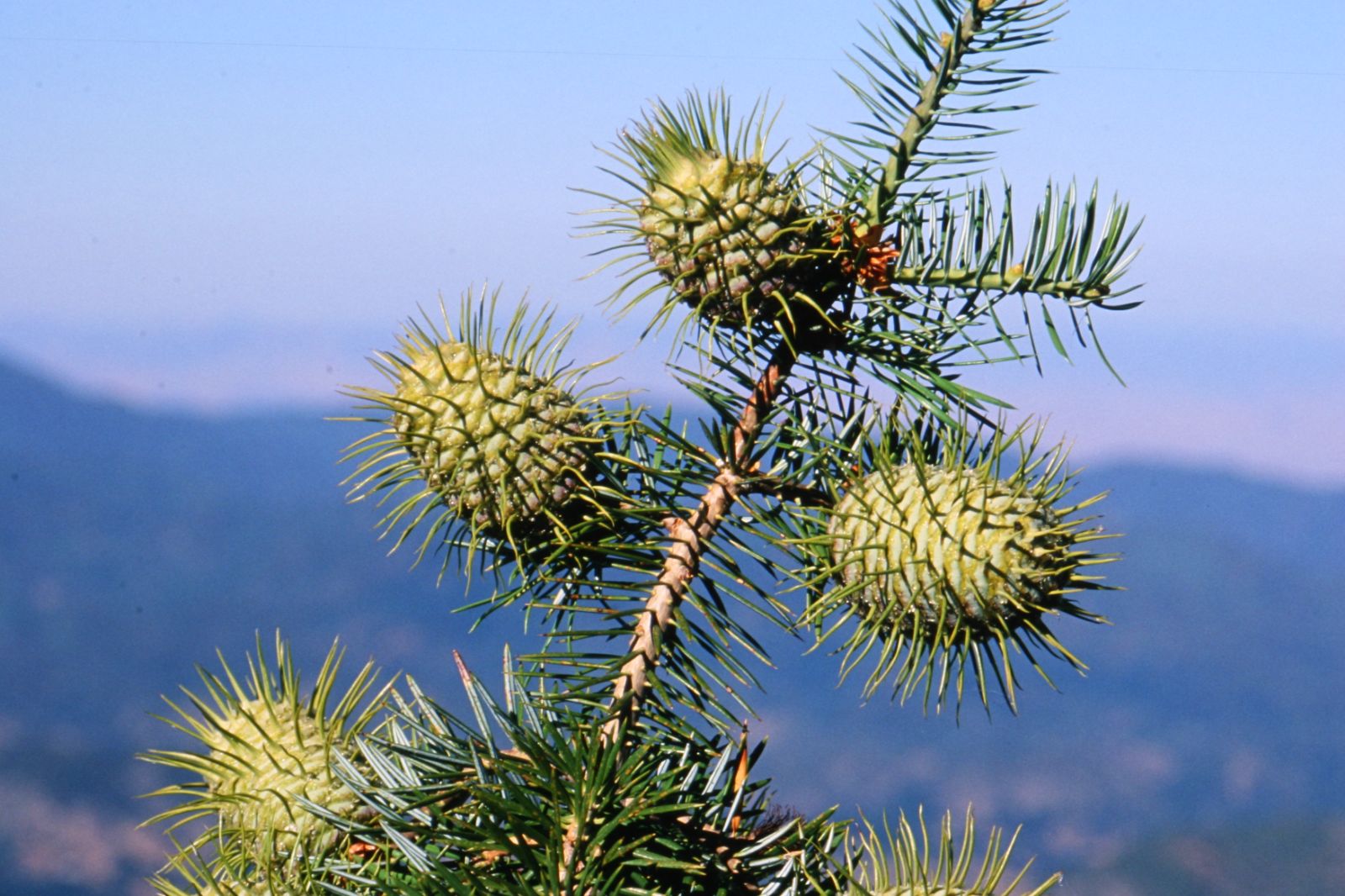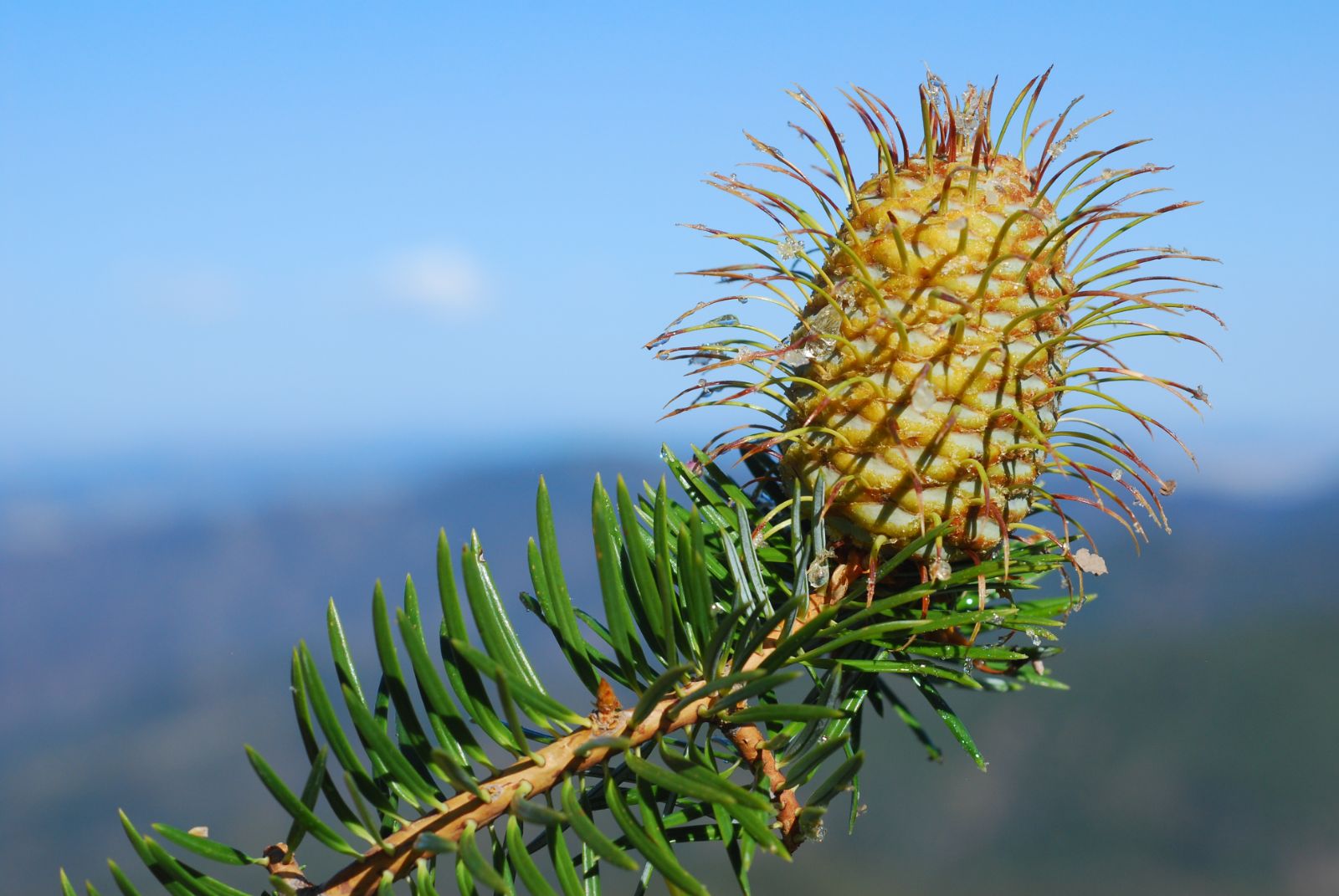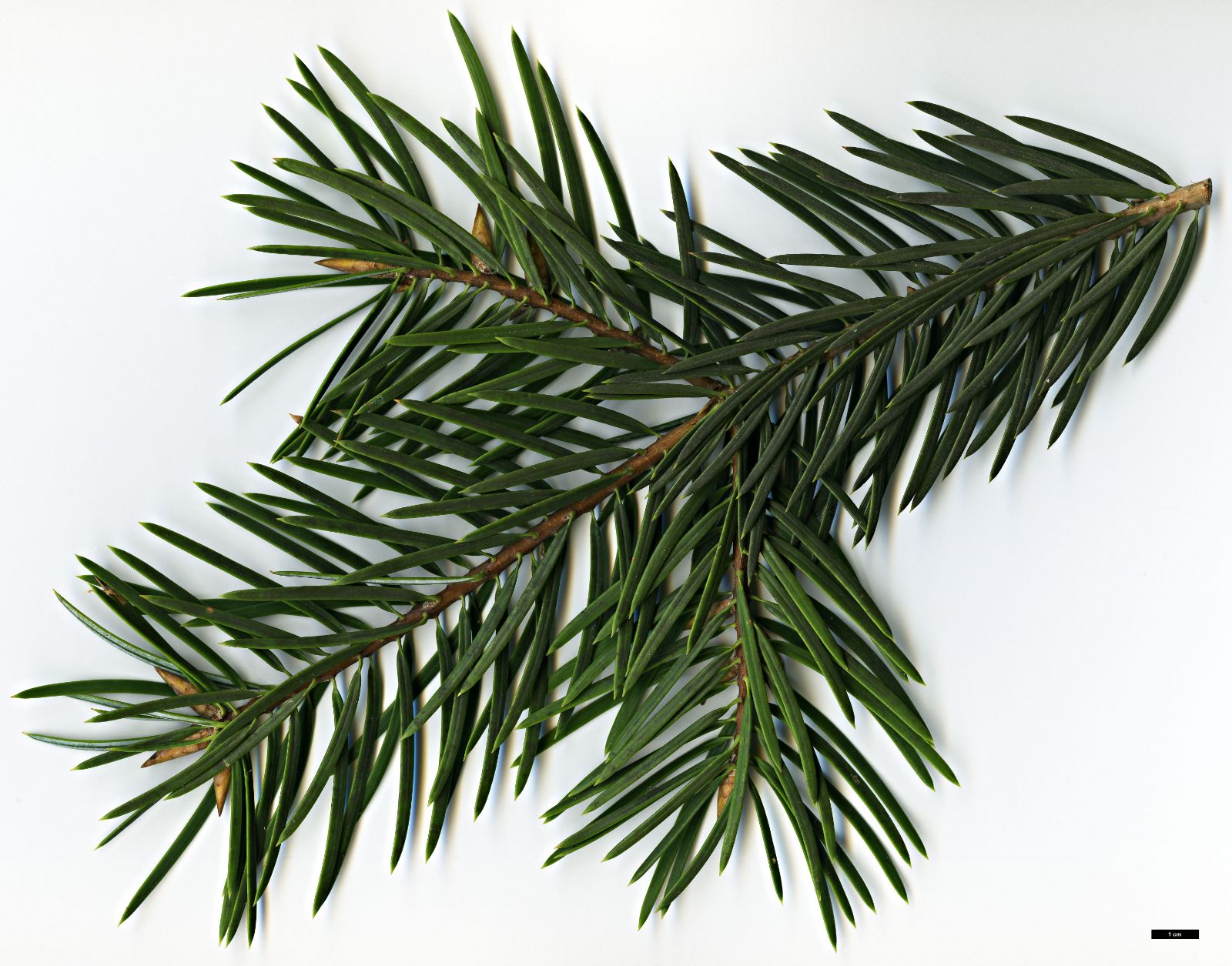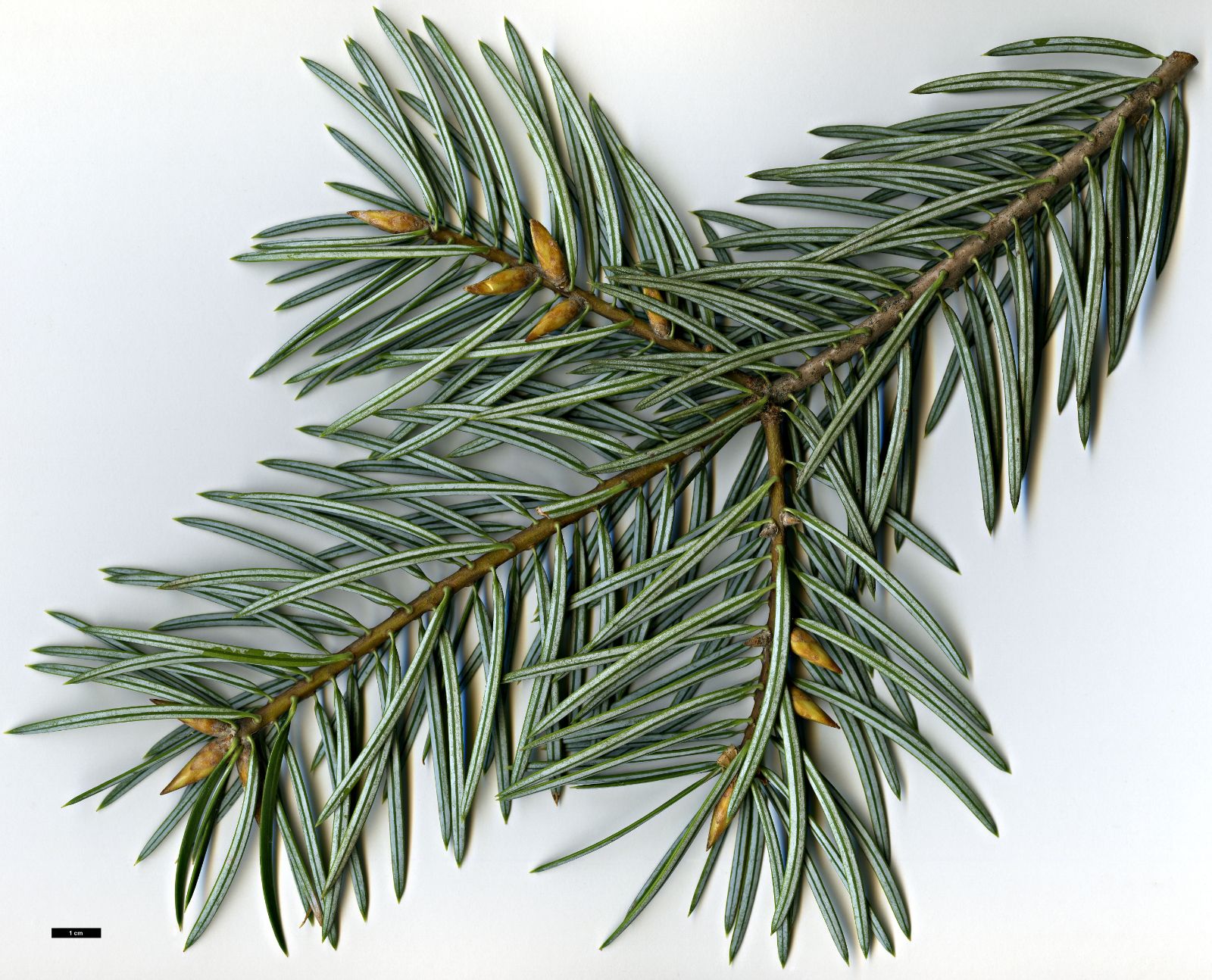Abies bracteata
Sponsor
Kindly sponsored by
Sir Henry Angest
Credits
Tom Christian (2021)
Recommended citation
Christian, T. (2021), 'Abies bracteata' from the website Trees and Shrubs Online (treesandshrubsonline.
Genus
Common Names
- Santa Lucia Fir
- Bristlecone Fir
- Sapin Bracteata
- Sapin à Bractées
Synonyms
- Abies venusta (Douglas ex Hook) K. Koch
Other taxa in genus
- Abies alba
- Abies amabilis
- Abies × arnoldiana
- Abies balsamea
- Abies beshanzuensis
- Abies borisii-regis
- Abies cephalonica
- Abies × chengii
- Abies chensiensis
- Abies cilicica
- Abies colimensis
- Abies concolor
- Abies delavayi
- Abies densa
- Abies durangensis
- Abies ernestii
- Abies fabri
- Abies fanjingshanensis
- Abies fansipanensis
- Abies fargesii
- Abies ferreana
- Abies firma
- Abies flinckii
- Abies fordei
- Abies forrestii
- Abies forrestii agg. × homolepis
- Abies fraseri
- Abies gamblei
- Abies georgei
- Abies gracilis
- Abies grandis
- Abies guatemalensis
- Abies hickelii
- Abies holophylla
- Abies homolepis
- Abies in Mexico and Mesoamerica
- Abies in the Sino-Himalaya
- Abies × insignis
- Abies kawakamii
- Abies koreana
- Abies koreana Hybrids
- Abies lasiocarpa
- Abies magnifica
- Abies mariesii
- Abies nebrodensis
- Abies nephrolepis
- Abies nordmanniana
- Abies nukiangensis
- Abies numidica
- Abies pindrow
- Abies pinsapo
- Abies procera
- Abies recurvata
- Abies religiosa
- Abies sachalinensis
- Abies salouenensis
- Abies sibirica
- Abies spectabilis
- Abies squamata
- Abies × umbellata
- Abies veitchii
- Abies vejarii
- Abies × vilmorinii
- Abies yuanbaoshanensis
- Abies ziyuanensis
Tree 30–40(–60) m tall, 1–1.5 m dbh. Crown broad-pyramidal at first; columnar with age, developing a slender spire-like top. Bark of young trees smooth, greenish- or whitish-grey, dark grey to brown and fissured near the base of old trees. First order branches slender, wide-spreading, ascending when young, later horizontal then descending with horizontal or upcurved tips; second order branches nodding to pendulous. Branchlets slender, firm, long and pendulous on oldest branches, shining reddish- or greenish-brown at first, maturing to grey-green, smooth or with low ridges, glabrous. Vegetative buds fusiform or conical with acute apices, c. 1.2–2 × 0.5–0.8 cm, not resinous. Leaves stiff, somewhat pectinate, parted by a ‘V’ above and below shoots, 2.8–6 cm × 2–3.5 mm, narrowing at both ends, often slightly curved, base strongly twisted, apex acute, glossy dark-green or grey-green above, with two broad stomatal bands separated by a prominent midrib beneath. Pollen cones pedunculate, yellow-brown with purple microsporophylls. Seed cones short-pedunculate, ovoid to ovoid-globular, apex obtuse, (4.5–)7–10 × 4–6 cm, purplish-green when young, maturing purplish-brown then brown; seed scales ovate or broad-reniform, 1.5–1.7 × 2–2.2 cm at midcone; at all stages with prominently exserted bracts with extremely elongated, outspreading, greenish-yellow cusps, the exposed parts of the bract including the cusp 2.5–5 cm long, often with resin deposits near the tips. (Farjon 2017; Debreczy & Rácz 2011).
Distribution United States California, in the Santa Lucia Mountains
Habitat In canyon bottoms and on rocky slopes, (180–)600–1570 m asl, in rocky, clay- or loam-rich soils, often in proximity to ground water or intermittent streams. Most precipitation falls in the winter months. Associating variously with Arbutus menziesii, Calocedrus decurrens, Pinus coulteri, P. lambertiana, P. ponderosa, Pseudotsuga menziesii, Quercus spp., Lithocarpus densiflorus; rarely in pure stands.
USDA Hardiness Zone 7
RHS Hardiness Rating H6
Conservation status Near threatened (NT)
Easily the most distinctive member of the genus, the chief difficulty when encountering a Santa Lucia Fir for the first time might be to confidently place it among the firs at all. Alan Mitchell affectionally referred to it as ‘a prize maverick’ (Mitchell 1996) and it seems a pity that this didn’t trigger a new moniker, ‘the Maverick Fir’. It differs markedly from all other species in several ways. Firstly the cones, though rarely produced in cultivation and almost always crowded unhelpfully at the very tops of trees, are unlike any other; their exserted bracts terminate in elongated cusps that can be up to 5 cm long, spreading outwards all around, lending them a resemblance to an angry porcupine. The vegetative buds are large and, uniquely in the genus, fusiform-conical, not unlike those of the genus Fagus though somewhat bigger and paler. Finally, the needles are stiff, acute, often spine-tipped, and very tough.
In this last character Abies bracteata has been likened to A. cephalonica of Greece, which can also have needles on vegetative shoots with sharp-acute apices, but in every other character it is quite different, and at first glance it is more likely that the Santa Lucia Fir would be mistaken for some sort of mutant Picea than any other fir. In its native habitat in the eponymous mountains Santa Lucia Fir is a relict species, occurring in a series of disjunct sub-populations never amounting to more than a few hundred trees in any one location. Increasing incidence of forest fires would seem to be the primary threat to its continued existence here, along with the impacts of climate change (Farjon 2017).
Early literature paints a somewhat confusing picture as to where due credit for the discovery of this tree belongs. Elwes & Henry (1906–1913) clarify the situation and confirm that the discovery of the Santa Lucia Fir should be credited to Coulter, as Douglas did not arrive in the area until three or so months after Coulter’s visit of March 1832. Nevertheless, it was from Douglas’s gatherings that the species was described, and his holotype remains in the herbarium at Kew (Farjon 2017). Neither man gathered seed, being there at the wrong time of year, and the credit for making the introduction to cultivation goes to William Lobb, who collected it while working for the Veitch Nurseries in 1853. Elwes quotes a letter from Lobb to the Gardeners’ Chronicle (1853, p.435) in which he calls the Santa Lucia Fir ‘the most conspicuous ornament of the arborescent vegetation’. Lobb went on to give an evocative description of some of the situations in which it grows, for example: ‘Along the summit of the central ridges, and about the highest peaks, in the most exposed and coldest places imaginable, where no other pine makes its appearance, it stands the severity of the climate without the slightest perceptible injury, growing in slaty rubbish, which to all appearance is incapable of supporting vegetation’ (Lobb in Elwes & Henry (1906–1913)). Lobb must have encountered the Santa Lucia Fir early in the autumn, for it is well known that its cones ripen and disintegrate quite early in the season, by the end of September. Elwes cites another account which states that an expedition to collect seed in September 1858 ‘found the cones so ripe that when the tree was felled they fell to pieces’ (Elwes & Henry 1906–1913).
Anybody who has collected Abies cones in the wild will be familiar with this problem – I have encountered it myself up a tree of Moroccan Fir in the Rif Mountains, snatching cones whilst hanging on for dear life, only for them to disintegrate at the slightest touch – but the most telling thing in Elwes’s account is the method by which the cones were collected, by felling whole trees! This hints at the difficulty of obtaining cones by climbing, due to the very narrow, spire-like crowns, and this is a problem which continues to plague would-be collectors of the Santa Lucia Fir, so too the fact that they are ripe for the picking long before most other conifers in the western United States.
Returning to Lobb’s collection, although the Veitch nurseries raised many plants it was not destined to be a runaway success. The resulting trees, like those of so many subsequent introductions, were to prove ‘very variable with a scatter of very vigorous trees among a much larger number of dead and feeble trees’ (Mitchell 1996). Long before Mitchell’s time, Elwes said that in Britain the Santa Lucia Fir appears at its finest in the Severn Valley, though he listed several other good examples elsewhere, and suggested the finest of all was one of two at Eastnor Castle, Herefordshire (Elwes & Henry 1906–1913). Mitchell, picking up the story some years later, was able to note that ‘Of the 28 noted in 1931, 16 have been found, but two have died recently and two more were dying’ (Mitchell 1972), though he was also able to report several ‘new’ trees, including thriving examples at Hergest Croft planted in 1922, and two others at RBG Edinburgh planted in the 1930s. The weaker of the two Eastnor trees died in 1963, followed by its larger, famous companion in 1975, finally pushed over the edge by an infection of Honey Fungus (Armillaria sp.) (Tree Register 2020). Having been a famous example of a rare species throughout its lifetime, the larger Eastnor tree had been much measured, and Mitchell summarised its statistics as follows (here converted to metric): Raised from Lobb’s 1853 collection, but only planted out at Eastnor in 1865, by 1889 it had achieved 12 m; in 1908 it was 23. 7 m × 0.87 m dbh; in 1931 it was 34 m × 1.23 m; in 1954 it was 35.3 m × 1.43 m; and in 1970 it was 37 m × 1.52 m (Mitchell 1972). Elwes noted it first bore cones in 1888, and again in 1900, and he was able to raise seedlings from the latter event (Elwes & Henry 1906–1913).
The Tree Register currently maintains records of some 155 individuals in the UK and Ireland, though not all of these are extant, and only about 30 extant trees are large enough to warrant champion or ‘remarkable’ status (O. Johnson pers. comm. 2021) . The tallest on record is a tree that grew at Bodnant in north Wales, 39 m in 1974 but since blown down. The tallest extant tree on record is a 37 m tree in Co Roscommon, Ireland, although there is a cautionary note that the identification requires confirmation. While clearly at its best in the southern part of the UK – there are beautiful examples at Althorp and Grayswood Hill – it is capable of growing well in a variety of situations, and earlier comments that it is not a tree for the far north have been comfortably disproven by examples at Tulliemet House, near Blair Atholl in Highland Perthshire, 27 m × 0.79 m in 2007, and another in an even more remarkable location, planted in the arboretum at Dundonnell in Wester Ross in 1956, 27 m × 0.53 m in 2013 (Tree Register 2020).
Thankfully, Santa Lucia Fir continues to be sporadically planted on the rare occasions it is available, either in botanical collections or elsewhere via the nursery trade. A tree of Warner & Howick 206, collected from Tilden Park in Monterey County, grew at the RBG Edinburgh for several years. Although it was thriving, its cramped position near the former west gate was a bizarre choice of planting location, and when this area of the garden was cleared in 2007 for the John Hope Gateway building development the tree had to be moved. Every effort was made to save it, but in the end it died, though not before it had produced a remarkable crop of cones which were much admired (pers. obs. 2007). Various other introductions to the RBG Edinburgh were raised and distributed by the International Conifer Conservation Programme but suffered extremely high mortality rates. Only a handful survive, including two at Drumlanrig, Dumfriesshire, and several at the Quinta Arboretum, Cheshire (BG-BASE data 2020). A 1992 accession was raised from seed offered by the firm Sandeman Seeds, which had obtained a supply collected from Cone Peak in Monterey County. As these were also available commercially from Sandeman they are likely the source of many plants of that vintage that crop up in some unlikely places. Two young trees, no more than 30 years old, grow for example in the pinetum at Clumber Park, Nottinghamshire (pers. obs. 2019). They are thriving, though far too close together, and it would satisfy a pervasive curiosity to know from whence they came.
Overall, this is a fickle species in cultivation, slow to establish, and although capable of vigorous growth when happy, it is also likely to be short-lived and prone to rapid demise. Nevertheless, our gardens would be poorer without it, so we should be grateful to any growers willing to take a punt on Mitchell’s Maverick Fir.

